vendredi 9 octobre 2015
WRC Rallye de France - Tour de Corse 2015 : Les brèves
Au menu des brèves insulaires, un chassé-croisé de Tour de Corse, du Mans aux 10 000 Virages, un nouveau Champion du monde français, des Skoda Fabia battues et la grosse colère de Lorenzo et Volkswagen à l’amende...
Sur la liaison finale entre Agosta Plage et Ajaccio, les concurrents du Tour de Corse WRC ont croisé ceux du Tour de Corse Historique qui se rendaient au départ, à Porto-Vecchio. Près de 300 voitures historiques sont attendues pour cette épreuve qui va durer toute la semaine.
Le Tour de Corse 2015 accueillait deux grands pilotes d’Endurance : Romain Dumas, vainqueur en 2010, et Stéphane Sarrazin, triple poleman. Dumas a dû abandonner (fuite liquide refroidissement) et Stéphane Sarrazin a conclu à la 9e place sur sa Ford Fiesta RS WRC après des ennuis de turbo vendredi.
Le Tour de Corse 2015 a été remporté par Jari-Matti Latvala (VW/Michelin) à 92,1 km/h de moyenne, moins vite que l’édition 2014 gagnée par Stéphane Sarrazin sur Ford Fiesta RRC/Michelin à 96,2 km/h de moyenne. En WRC, il faut remonter à 2003 (également sous la pluie) pour trouver plus faible moyenne (Solberg, 91,6 km/h)
Même si les pilotes WRC ne disposent pas de « vrais » pneus pluie, règlement oblige, le pneu Michelin Pilot Sport S5 soft est capable d’évacuer 75 litres d’eau par seconde à 100 km/h !
Vainqueur en 2009, le Corse Pascal Trojani a remporté le classement du Championnat de France et termine à la 21e place du général sur sa C4 WRC/Michelin.
Il s’agit de la 23e victoire de Michelin au Tour de Corse depuis 1973. Le manufacturier de pneus français a triomphé avec tous types de voitures : propulsion (Alpine, R5 Turbo, traction (Citroën Xsara kit-Car) et 4x4 (Groupe B, Groupe A et WRC).
Stéphane Lefebvre (DS3 WRC) a mené une course sage et signé un 8e temps dans la longue spéciale de Murraciole. Il sera au départ du Rally Catalunya sur la DS3 WRC, et peut-être au Wales Rally GB également.
Comme Sébastien Loeb en 2001, Brice Tirabassi en 2003, Sébastien Ogier en 2008 et Stéphane Lefebvre l’an passé, le Français Quentin Gilbert a remporté le Championnat du monde Juniors 2015 après une 4e victoire (Monte-Carlo, Portugal, Finlande, Corse). Il disputera la saison 2016 en WRC-2 sur une DS3 R5/Michelin.
Le président de la FIA Jean Todt était sur place pour suivre le retour du Rallye de France en Corse. Sébastien Ogier a profité de sa présence pour remettre sur la table le dossier des pneus pluie en WRC...
Malgré les conditions, la plupart des pilotes a salué le retour du Tour de Corse en WRC, comme Kris Meeke. Les organisateurs ont néanmoins quelques points à revoir, comme le parc d’assistance, peu fonctionnel (et inondé), ou les Tyre Fitting Zones bien peu « glamour ».
Gros scandale de Lorenzo Bertelli (Ford) au parc de regroupement de Propriano quand les commissaires lui ont annoncé qu’il allait partir dans la Power Stage après les premiers concurrents WRC alors qu’il roulait en 3e position sur la route depuis le matin. L’Italien a rendu son carnet de bord.
Les Skoda Fabia R5 ont été battues en WRC-2 pour la première fois depuis leurs débuts mondiaux au Portugal. Pontus Tidemand a effectué plusieurs sorties de route, et Esapekka Lappi a avoué ne pouvoir suivre le rythme de Maurin. Le Français décroche sa première victoire en WRC-2.
Volkswagen Motorsport a écopé de 10 000 € d’amende (dont 8000 en sursis jusqu’à fin 2016) car l’équipage Ogier/Ingrassia n’a pas activé le bouton « OK » quand il a changé de roue dans l’ES3.
A Porsche pilgrimage to Rennsport Reunion 2015

Rennsport Reunion is the largest celebration of Porsche in the world, attracting tens of thousands of international enthusiasts. At the fifth running of the event, held last weekend at Laguna Seca in Monterey, numerous Porsche racing stars were reunited with their beloved cars...

The Porsche legend
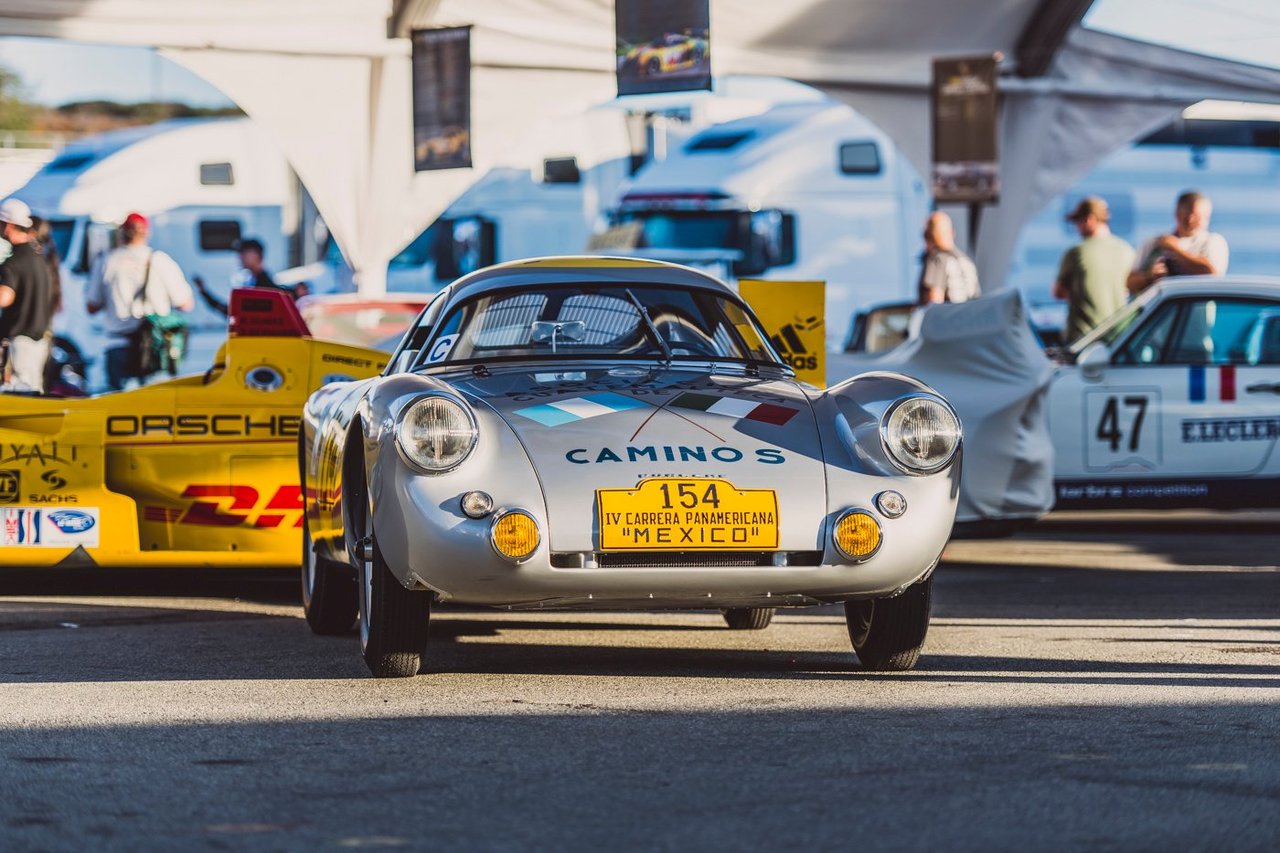
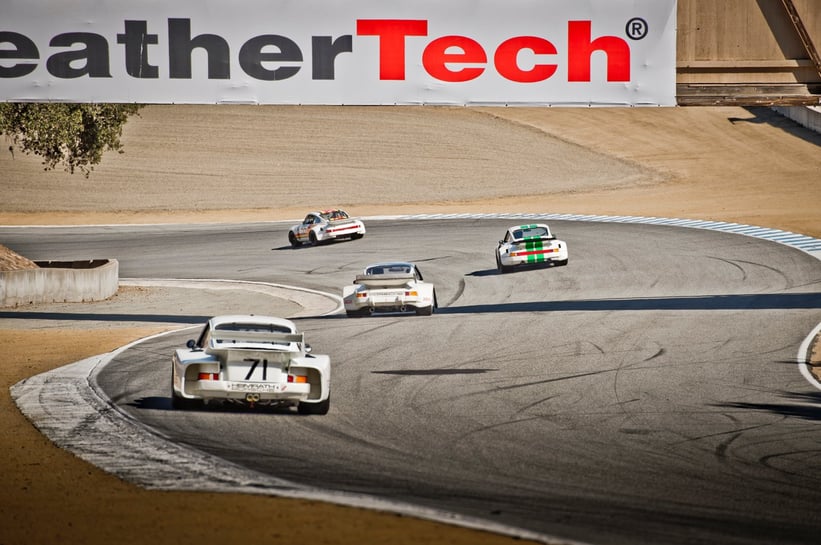

“I make sure never to miss Rennsport Reunion,” says six-time Le Mans winner Jacky Ickx, as we walk through the Le Mans celebration paddock at Laguna Seca. We asked which of those victories he looks back on most fondly, to which he replied, “That would have to be 1977, when the team was riddled with technical problems, and we only had one 936 left running. With Hurley Haywood and Jürgen Barth, we went on lap after lap, before we too suffered a technical issue. As our lead was so great, we decided to repair the car and, thanks to race engineer Klaus Bischof and his team, we were able to rejoin and win the race. It was a real team effort.” It’s stories like this that fuel the Porsche legend, and explain the immense enthusiasm for the brand not just at Rennsport, but worldwide.
A star is born
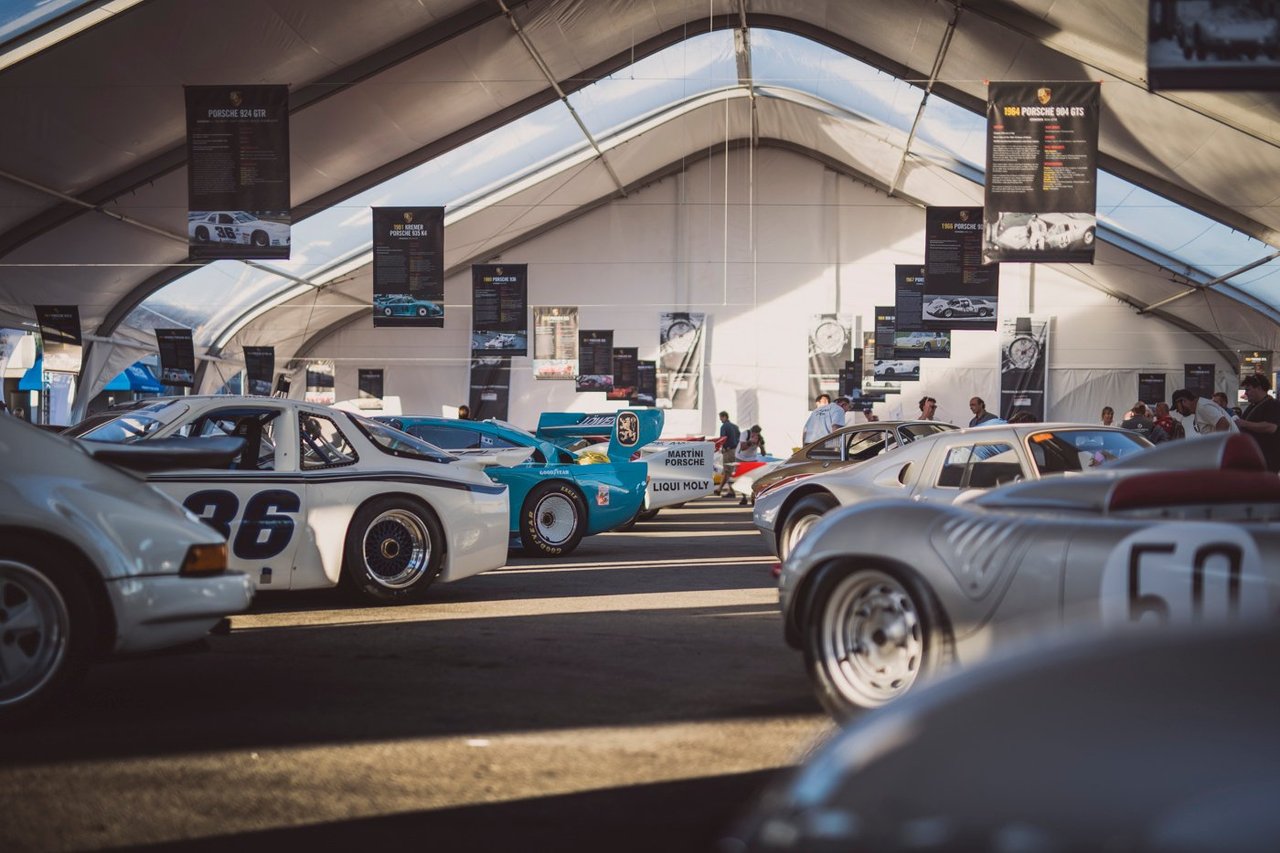
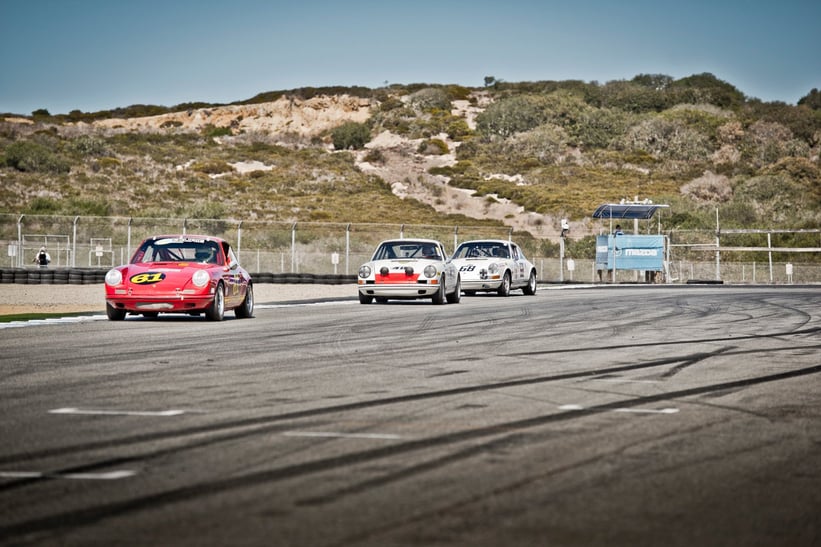
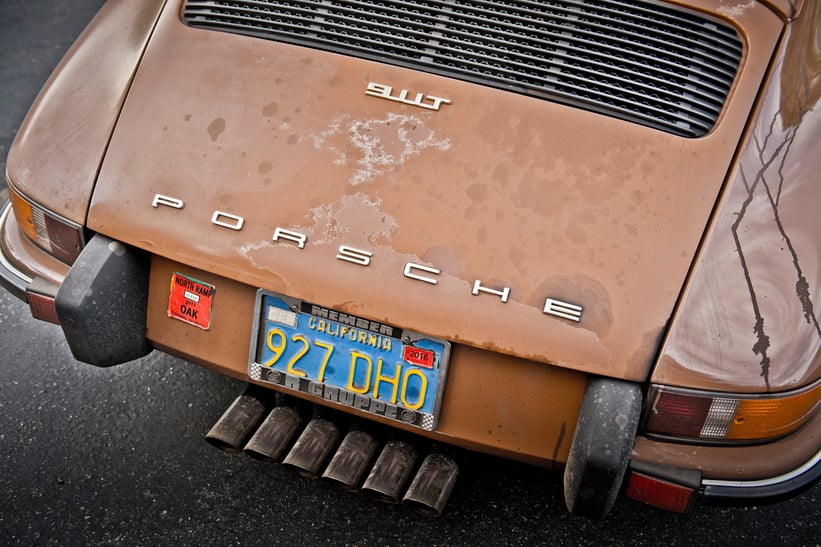
Rennsport Reunion was conceived in 2001, when Bob Carlson and Klaus Bischof had an idea for a festival to celebrate the immense racing success of Porsche. The first event was held at Lime Rock Park, with a small group of Porsche names that included Jacky Ickx and Paul Newman. Two events at Daytona followed, until Laguna Seca established itself as the ideal venue to hold such an event, which was getting bigger and bigger thanks to the increased commitment of Porsche itself. It’s now a place of pilgrimage for Porsche enthusiasts from around the globe.
One big family
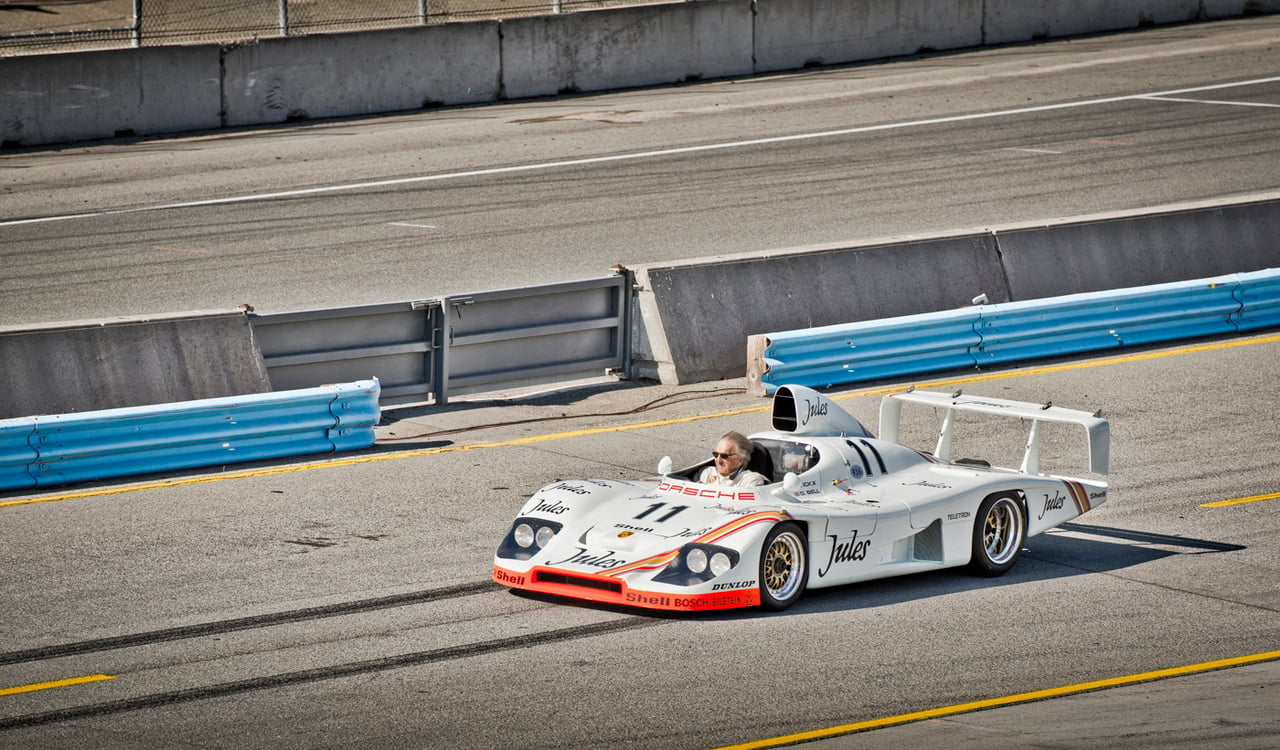
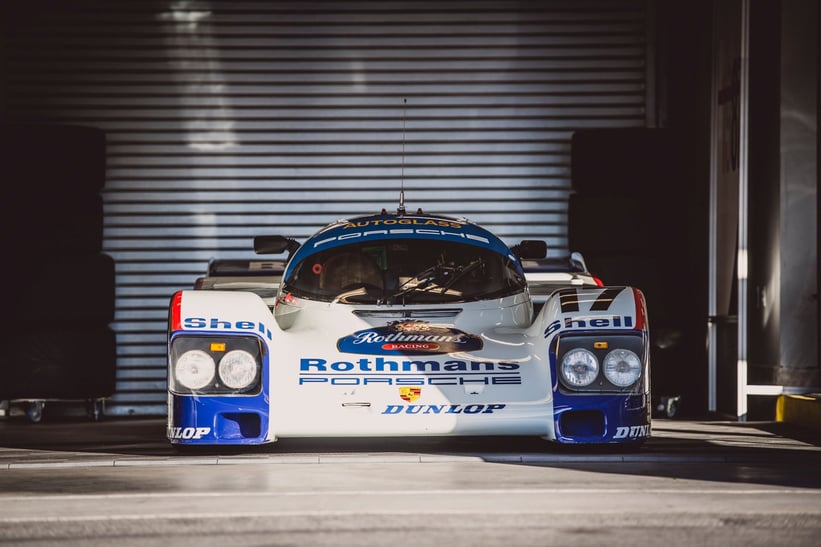
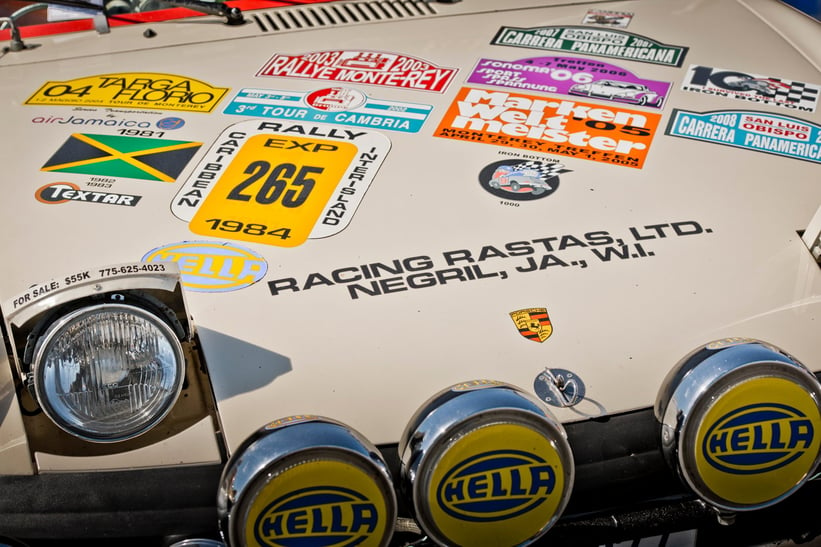
This year, more former Porsche racers and other important names from German motorsport history were gathered than ever before – from engineer Norbert Singer, who was instrumental in 16 of Porsche’s 17 Le Mans victories, to drivers such as Jochen Mass, Jackie Oliver, Hans Herrmann, Derek Bell, Vic Elford and Hurley Haywood. They all celebrated in the company of some 60,000 Porsche enthusiasts.
The stars of the show

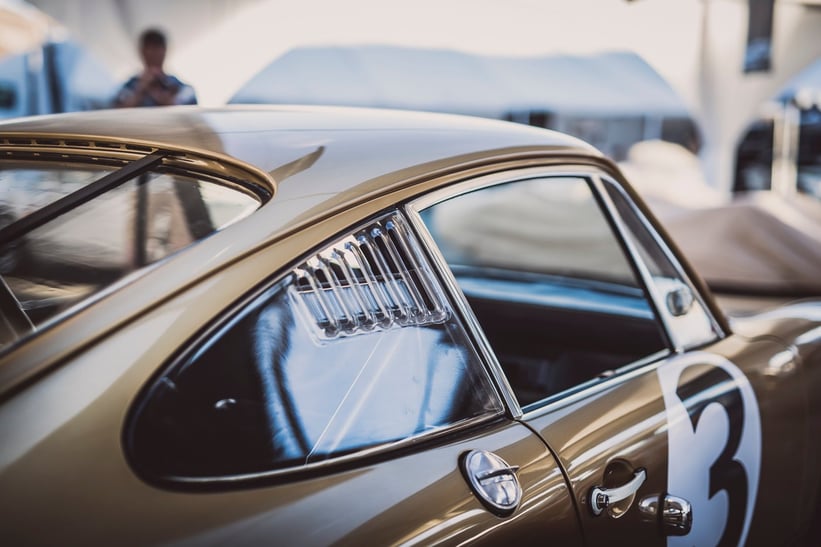
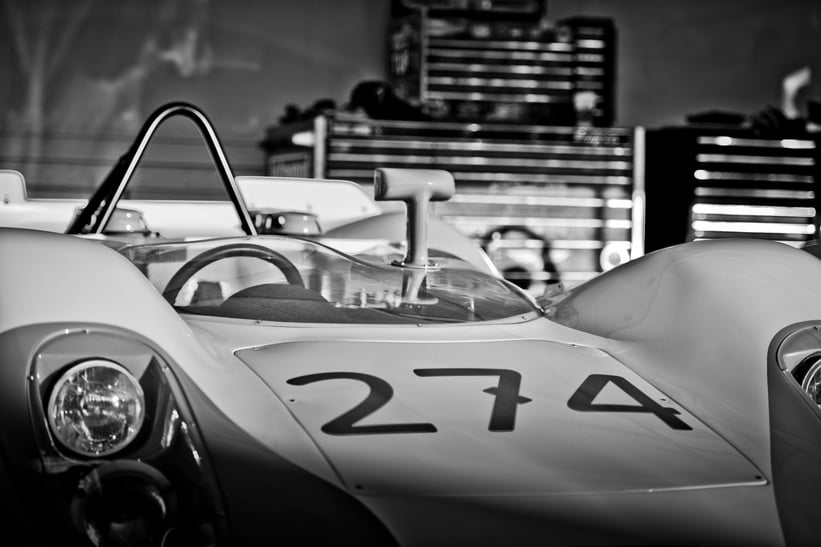
The real attraction of Rennsport Reunion, though, is the ability to experience legendary cars in action on the racetrack. The cars are divided into seven groups, from early Le Mans prototypes to current racers such as the GT3 Cup. The grid for the Weissach Cup was particularly impressive, featuring two Gulf 917Ks, a 910 and a 906, all of which partook in a breathtaking duel for podium positions. It was a pity that, owing to stricter US historic motorsport rules, ‘battles’ were few and far between, with overtaking that was deemed too risky by the marshals being punishable by fines.
All things considered...


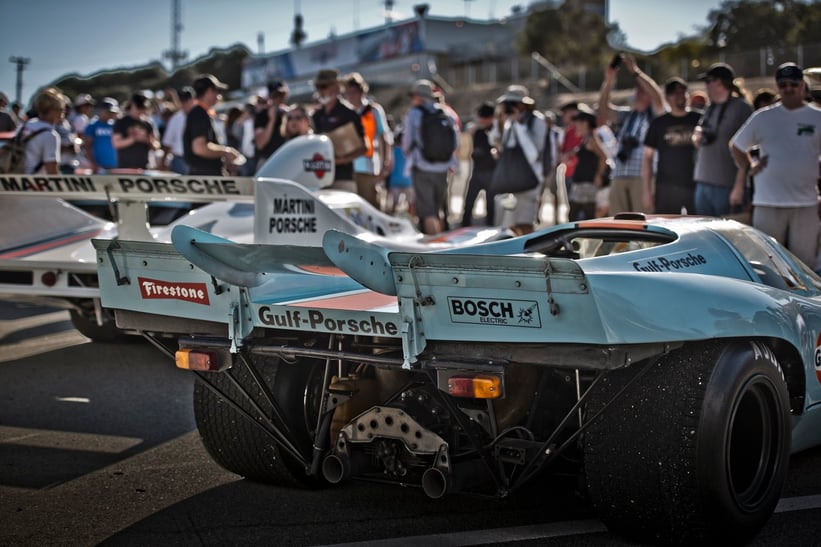
Nevertheless, it was an incredible experience to stand beside the track at the infamous Corkscrew, and watch ultra-cool 1970s Porsche prototypes such as the 908 roaring down the slope. In contrast to historic motorsport events in Europe, visitors were allowed access to almost all areas, such as the pit garages and the paddocks. And the nature of the track allowed spectators to view the action at relatively close quarters. All these things combined to make Rennsport Reunion a truly unique event, and one to which we shall definitely return.
Photos: Stefan Bogner for Classic Driver © 2015
A return to the golden era of elegance with Touring’s Berlinetta Lusso

A Ferrari should be fast, desirable, distinctive, vivacious and elegant. For decades, the marque has excelled in the former categories, but what about the latter? We organised a rendezvous with arguably the only truly graceful contemporary Ferrari: the F12-based Berlinetta Lusso by Touring...
As a package, the F12Berlinetta is pretty untouchable among its peers: it has a monstrous naturally aspirated V12 (likely to be the last of its kind), oodles of visual drama, the sharpest of cutting-edge aerodynamics, and a dynamic balance even Philippe Petit would envy. But where has the elegance gone: the graceful, understated character that would steal the limelight from even the most glamorous lady in red? Some would say you’d need to go back to the 550M to trace the last truly elegant Ferrari; others would argue a longer reach would be required, perhaps back to the Daytona. Personally, I’d say the final ‘soft-design’ Ferraris, the 275 GTB and 365 GT 2+2, were the last offerings to embody automotive elegance in the truest sense of the word. But what if you wanted to bestow a simpler, more timeless body on the all-conquering F12 underpinnings? Your options are limited to one: the Berlinetta Lusso by Carrozzeria Touring Superleggera. Or at least, they were.
Complex simplicity
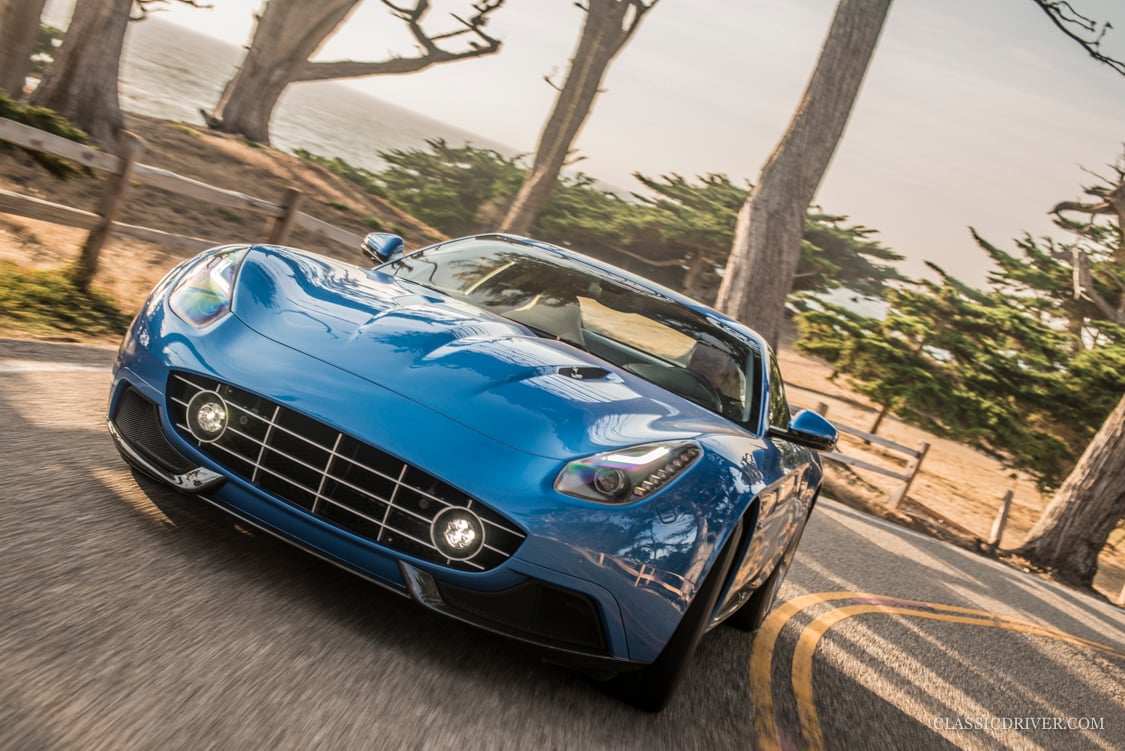
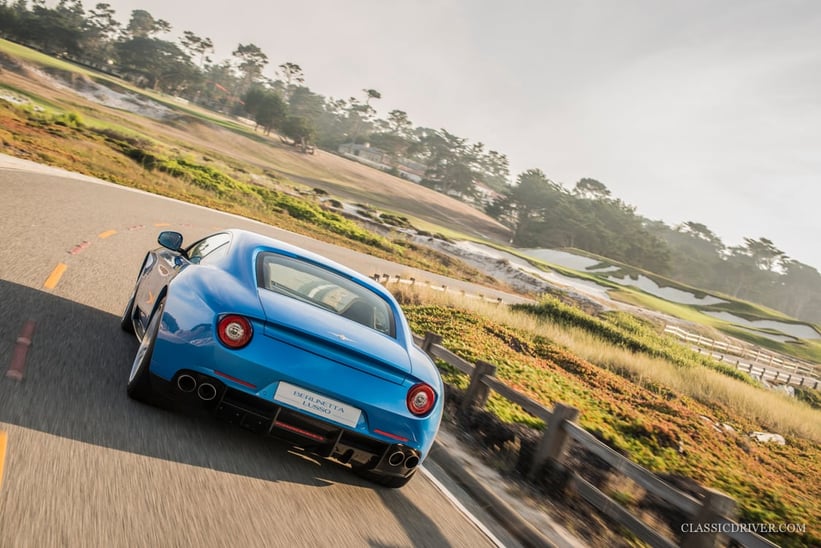
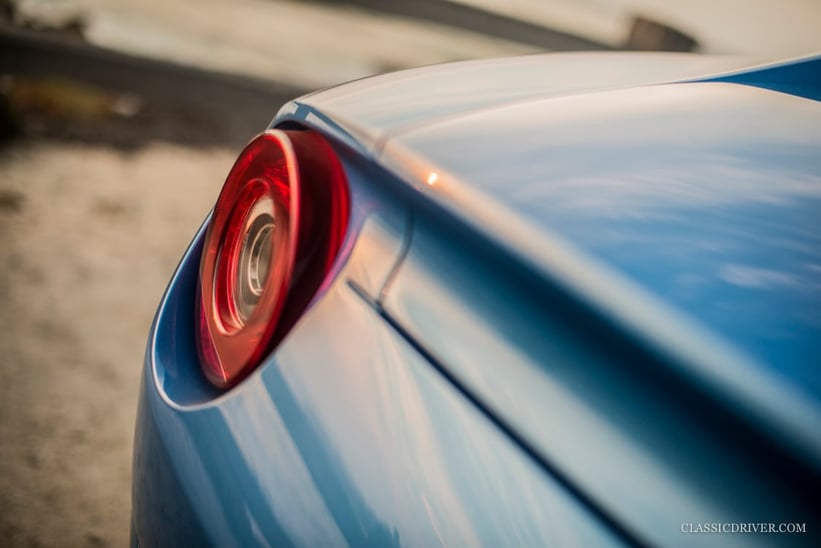
We say ‘were’, because Carrozzeria Touring recently announced that all five planned examples of the Berlinetta Lusso are now sold. After a brief meeting at the Villa d’Este Concorso d’Eleganza where it had its first high-society debut, we organised a more personal rendezvous in California with the only completed car, resplendent in ‘Azzuro Niourlague’. Berlinetta Lusso #1 is infinitely more captivating in the metal, first in terms of the depth of its paint – alternatively named Rad Blue – then for the ‘complex simplicity’ of its hand-beaten body. Despite referencing one of the earliest Ferraris, namely the ex-Gianni Agnelli Ferrari 166 MM, it boasts subtle design flourishes that would perplex even the most modern mass-production techniques. And who better to talk us through the intricacies than Carrozzeria Touring’s chief designer, Louis de Fabribeckers...
Three questions to Louis de Fabribeckers
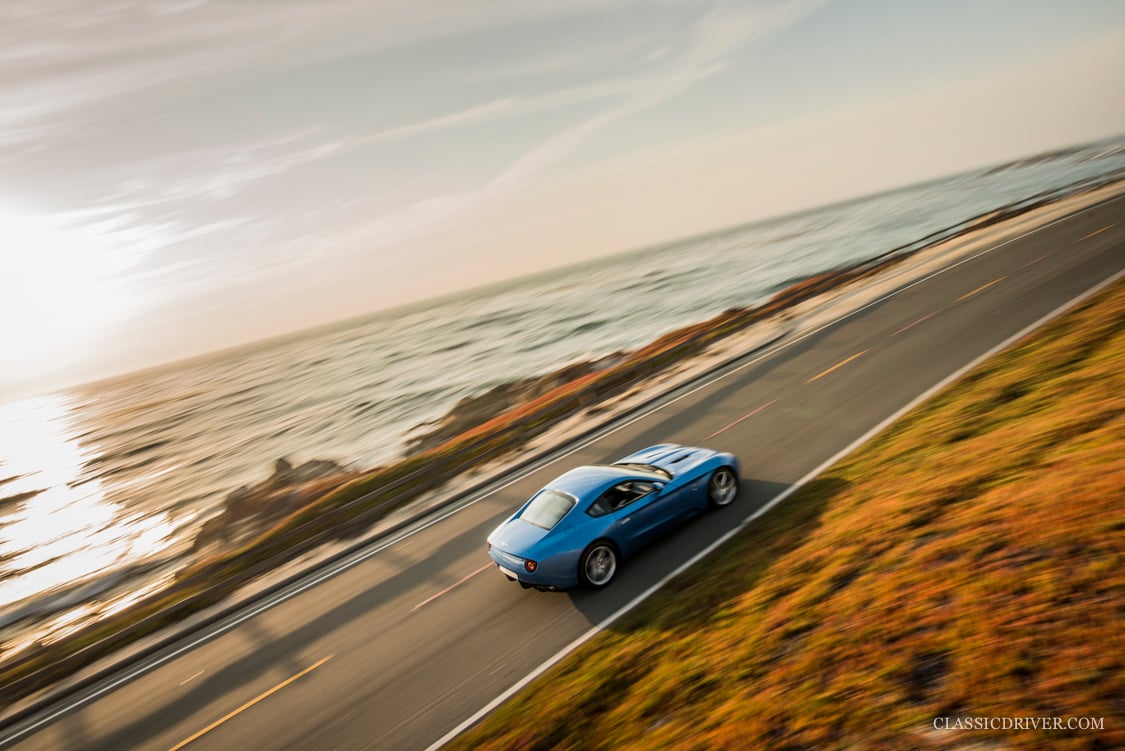
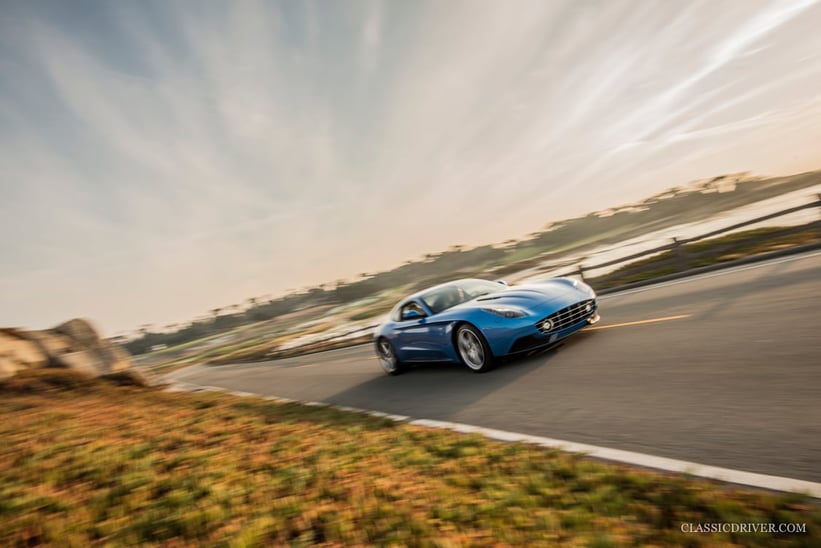
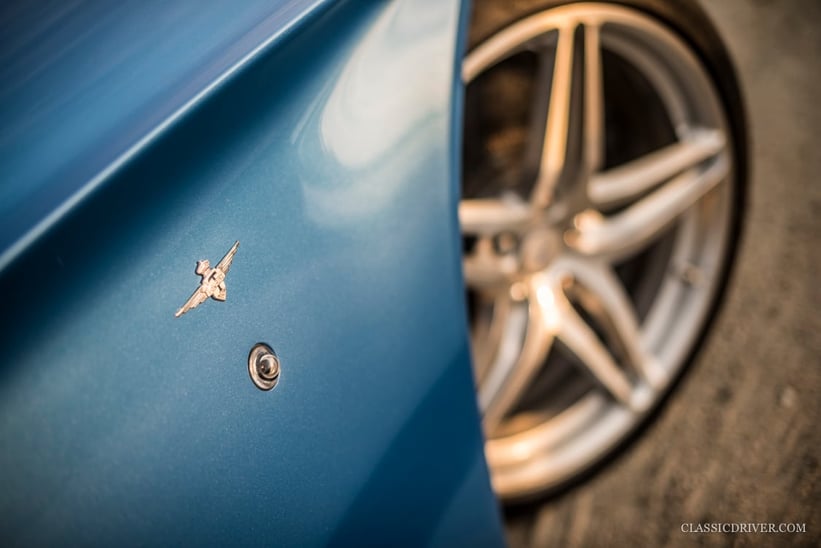
You’re in a position many would dream of – one which allows you to design your dream Ferrari. Where do you start?
“You start with the general volumes, and you need to create a harmony; a balance. I have a special affinity for the classic coupés from the 1950s and 1960s, with the traditional three-box shape consisting of a long bonnet, a small greenhouse and a little boot; something horizontal, not aggressive but still quite dynamic; a timeless design, but still very classic.
“It was a dream for me to do a car like this. I was so happy when the client came to us and said he would like a classic Ferrari, because he thought they were no longer producing timeless designs. In his opinion, he thought current Ferraris were overdesigned, and he wanted his car to exude elegance.”
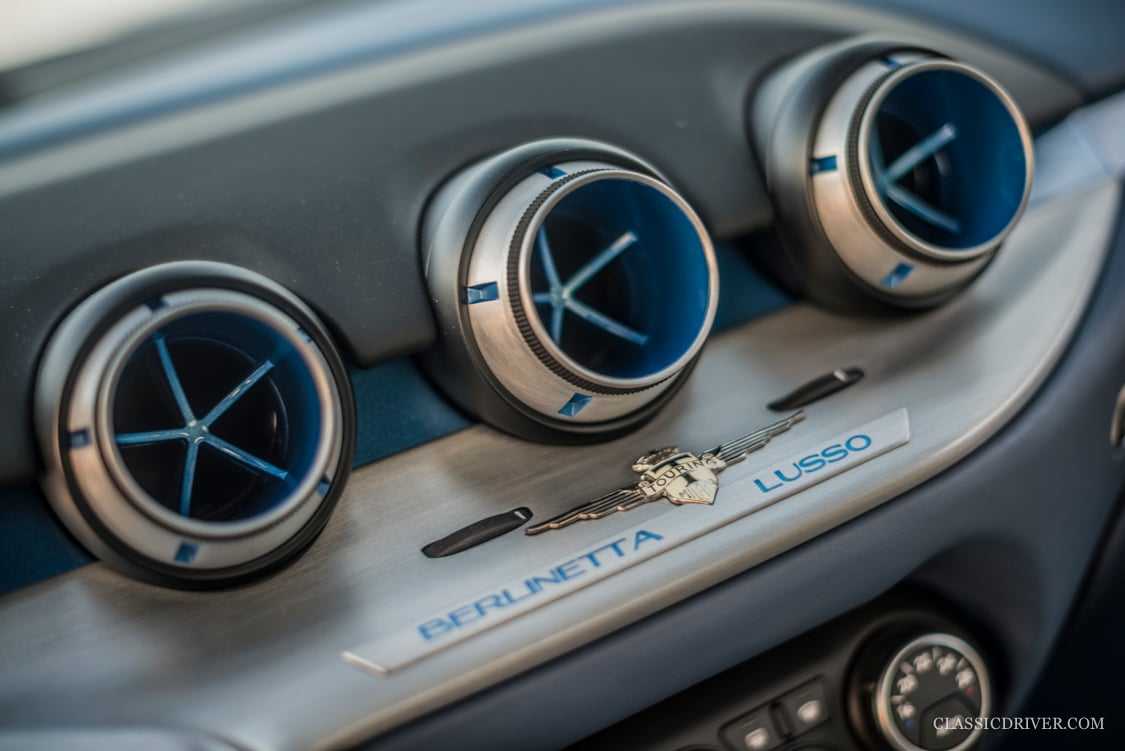
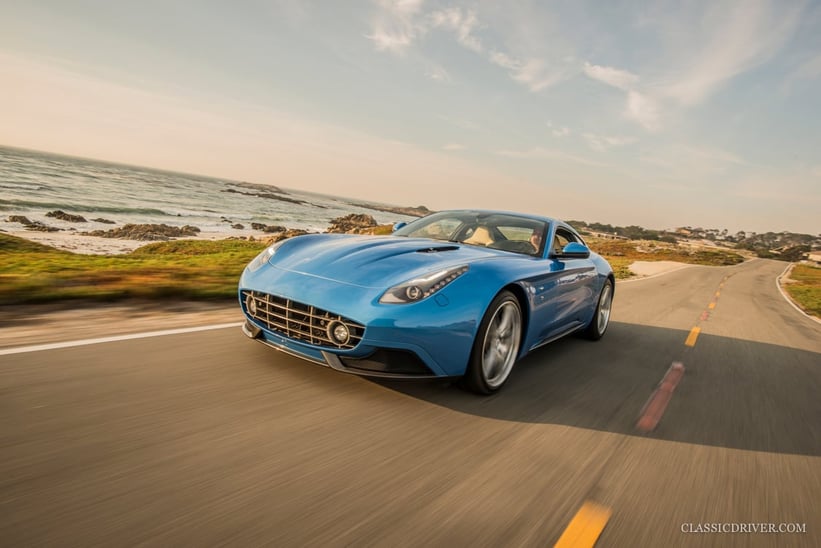
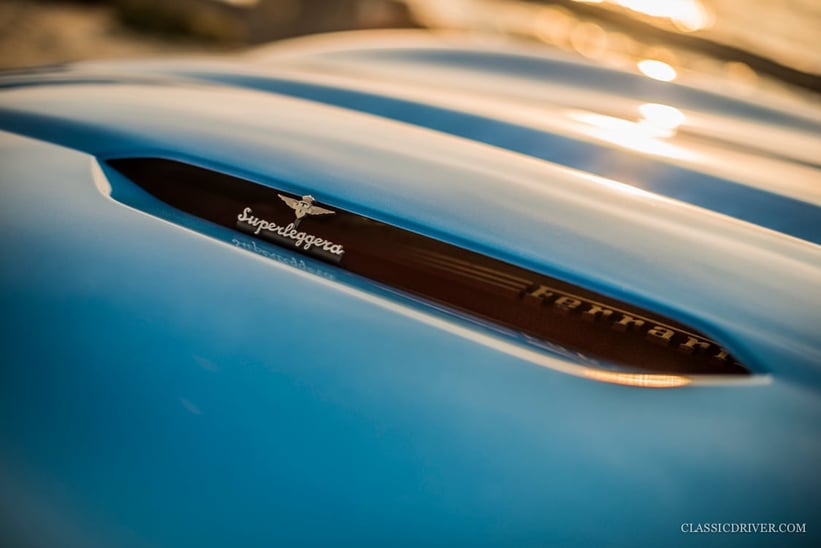
There are some restraints in this process though, correct?
“In some cases, we have to use already homologated parts. On this car, the headlights, tail-lights and windscreen are the only exterior elements common with the F12, and all the rest is new. It’s just a little thing you need to keep in the back of your mind, it doesn’t need to disturb you too much during the design process. Apart from that, I have the freedom to create dramatic sections that other designers do not have, as they always have to justify their choices to engineers, a financial team, and ultimately a mass market. I am fortunate in that I am always designing for a single, very passionate client. Once I have his approval, I am just dealing with my guy in the workshop – I will pop down and say to him, ‘Come on, just try to make this little change for me,’ and usually he will say, ‘Okay Louis, I’ll see what I can do’. The great thing with aluminium is that until the car is painted, I can still make modifications and tweak things. Often, the design is theoretically frozen; they’ll bring the ‘body-in-white’ into the paint shop, and I’ll be running behind the car shouting, ‘Wait, wait, just one more little thing’.
“The main purpose of my job is to show how great our craftsmen are, and how able they are to create beautiful volumes. For example, this dramatic main character line leading from the front arch shows that it can only be done by hand, not with an aluminium press. In fact, if you tried to do this with a press, you would completely destroy the aluminium.”
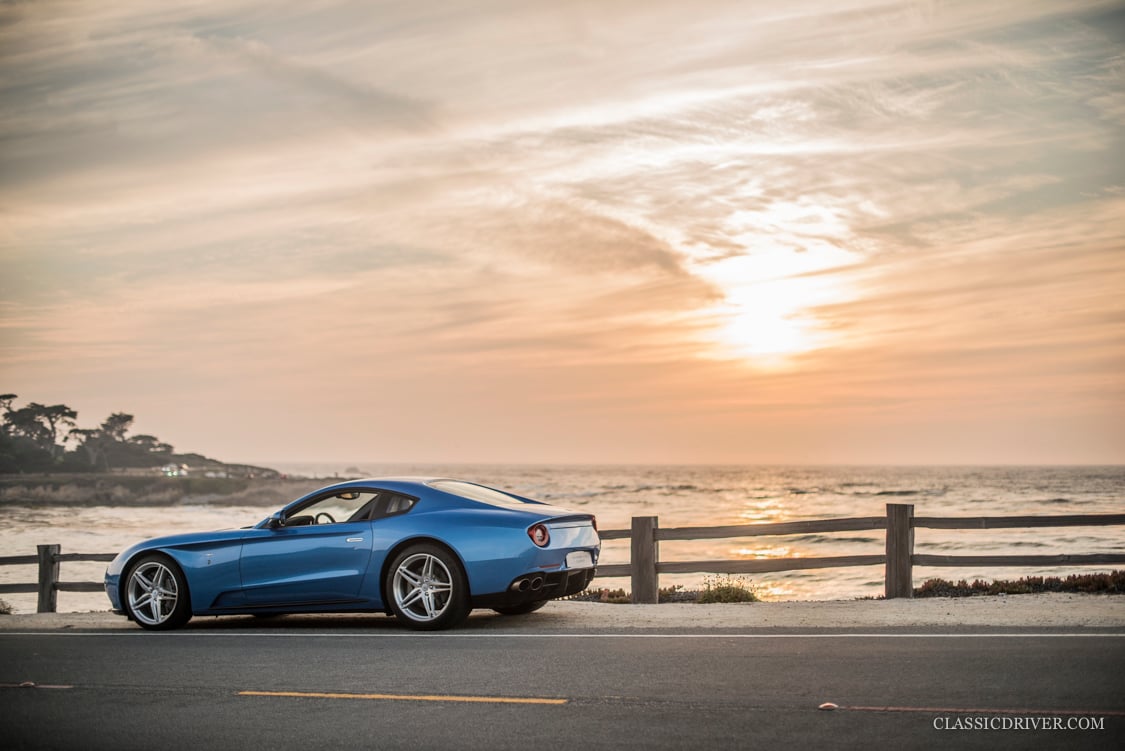

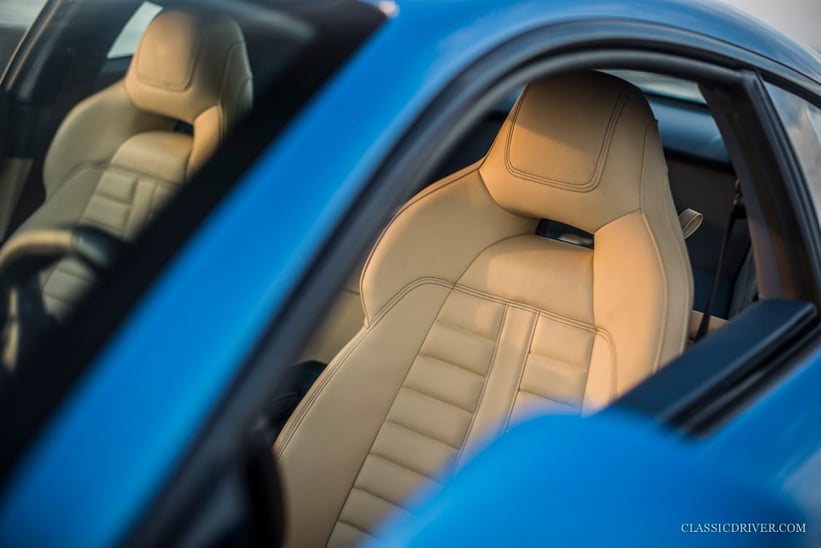
Would you agree that elegance is all but absent in the majority of modern car design?
“I love modern Aston Martins – it’s timeless design, very elegant. But today, you have to sell a new product every year, and propose new ideas. This is why new designs are trendy, not timeless – otherwise you will not sell any more. It’s like a fridge: if you bought a fridge in the 1950s, it was the best fridge on earth and you could keep it for 40 years. Today, your fridge might break down after a few years, and you will be told it’s more economical to buy a new one. This is how it works with design, too – every year the market is asking for something new, something a bit more trendy, something that will ultimately be old-fashioned in a year or two. It’s my job to create something timeless, something the owner can treasure for decades to come.”
Photos by Rémi Dargegen for Classic Driver © 2015
There are hundreds of classic and modern Ferraris for sale in the Classic Driver Market.
Inscription à :
Articles (Atom)
